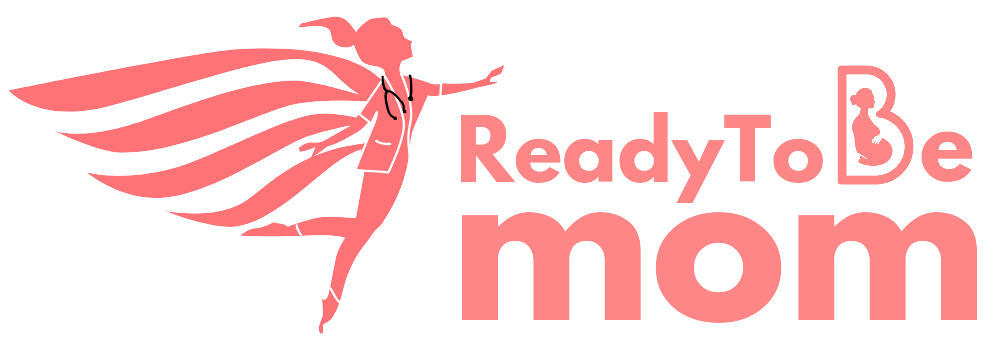The second trimester is considered the safest trimester because the risk of miscarriage decreases significantly, and many of the complications that can arise later in pregnancy have not yet developed. For most women, the second trimester marks the end of many unpleasant symptoms that started in the first trimester. Discomforts like nausea and fatigue begin to lessen.
The second trimester is considered the easiest and most enjoyable part of the pregnancy. It marks a turning point for you and your baby. You begin to feel better and show your pregnancy more.
Here are some the key reasons why the second trimester is considered the safest in your pregnancy.
- Reduced risk of miscarriage: Between weeks 14 and 20, the chance of experiencing a miscarriage is less than one per cent. The risk of miscarriage is highest during the first trimester when the foetus is in its early stages of development. By the second trimester, the foetus has developed many of its vital organs and systems, reducing the risk of miscarriage.
- Baby gets stronger – Your baby has now developed all its organs and systems and will now begin to grow in length and weight. Perhaps one of the most rewarding developments is that anywhere between 16 and 24 weeks, you’ll start to feel your baby moving. This is because they’ve grown big enough to feel them inside. You can feel them kicking inside your tummy. This can be an overwhelming milestone for you.
- Mother feels energized – During the second trimester, most women feel more energized, and begin to put on weight as the symptoms of morning sickness subside and eventually fade away. You will see an increase in your energy and appetite. Pregnancy hunger increases substantially at this time. With morning sickness and aversion to select food almost gone, you can now widen your diet and choose different flavours. Concentrate on food high in calories and energy to feed your growing baby.
- Reduced risk of complications: The second trimester is relatively secured from many pregnancy-related complications that occur later in pregnancy. Gestational diabetes (a form of high blood sugar during pregnancy) for instance, usually doesn’t happen until later in pregnancy. Preeclampsia (serious blood pressure condition, sometimes with fluid retention) usually develops after 20 weeks of pregnancy, often in the third trimester.
- First trimester discomforts ease – Morning sickness usually lessens by this time, and the extreme tiredness and breast tenderness usually ease up making you feel more energetic and sprightly. Mood swings also scale down at this juncture as your hormones balance out.
- Prenatal screening tests: During the second trimester, prenatal screening tests are available to detect any potential issues with the foetus, allowing for early intervention and treatment if necessary. These tests can help identify conditions such as Down syndrome, neural tube defects (birth defects of the central nervous system that originate during embryonic development), and other chromosomal abnormalities.
- Stay healthy with stress reducing activities – Take time to practice yoga, meditation that which will allay your fears and keep you happy.
The second trimester is when you will feel your best. It is the safest period of your pregnancy. You are also at the lowest risk for spontaneous abortion or premature labour. However, it is important to note that while the second trimester is generally considered the safest, every pregnancy is different, and complications can arise at any time. It’s essential to maintain regular prenatal care and consult with your gynaecologist and healthcare provider if you experience any concerning symptoms or have any questions or concerns.





